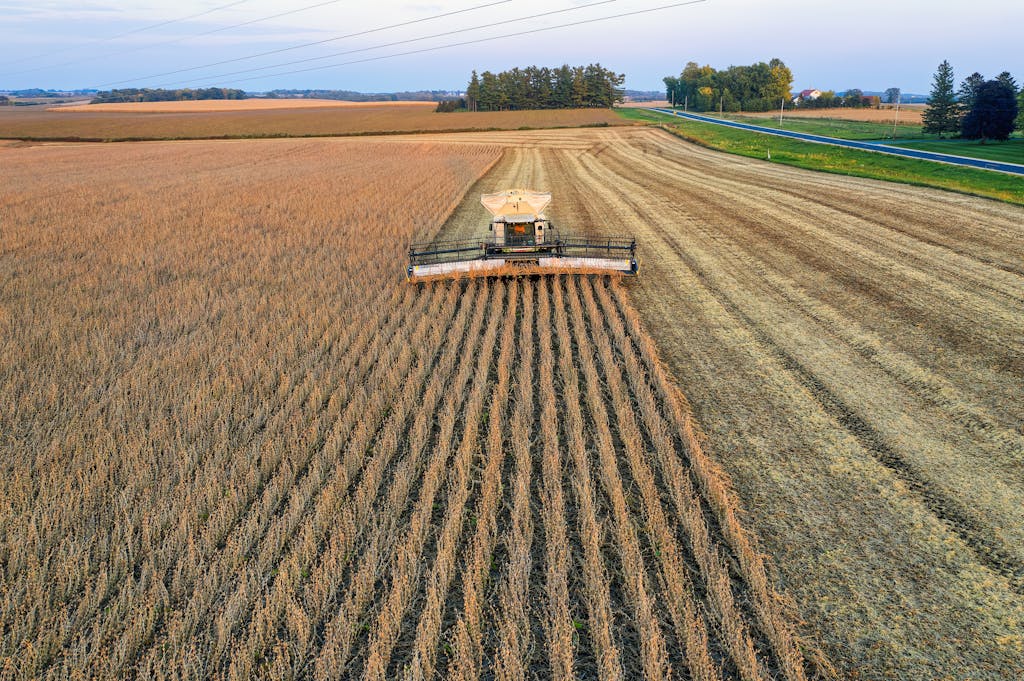Murder hornets- or giant Asian hornets- have been getting a lot of attention lately, but are they as scary as their sound?
Sean Prager, an Associate Professor at the University of Saskatchewan, shares the difference between the Giant Asian Hornet and any other hornet or wasp.
“Absolutely nothing, except that they’re big,” said Prager. “They’re larger than most hornet species, but otherwise, these just happen to be particularly large, and therefore a little more destructive, and they have a certain appetite for honeybees.”
Prager says that the term “murder hornet” was a result of people misinterpreting an old Japanese saying that referred to the insects as such because they can kill honeybees rather quickly.
The real concern with giant hornets is, bees cultivated in North America don’t have any defenses against them, which could be catastrophic to some colonies and the honey industry.
Even if the hornets were dangerous to humans, Prager says they wouldn’t have much of a chance of surviving in Saskatchewan.
“For us in Saskatchewan, probably not a problem at all,” said Prager. “Because we don’t think they can tolerate the temperatures or have much of their right climate for them to live here.”
Despite their size and their bad rep, Prager says that being stung by a giant Asian hornet would be no different than any other bee or wasp sting.
“It would hurt if you got stung, if you got stung by enough of them, I suppose you would have an unpleasant time,” said Prager. “I guess there is, occasionally, a death attributed to it, but those are often either allergic reactions or many, many, many stings. Aside from that, it would be unpleasant, and it would hurt, but, probably, no worse than any other stings you get from many other related species.”
Prager adds that chances of being stung by one of these hornets are low, as they usually have no interest in humans unless someone is messing with them.








